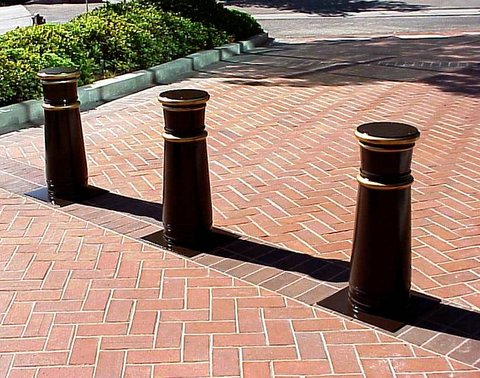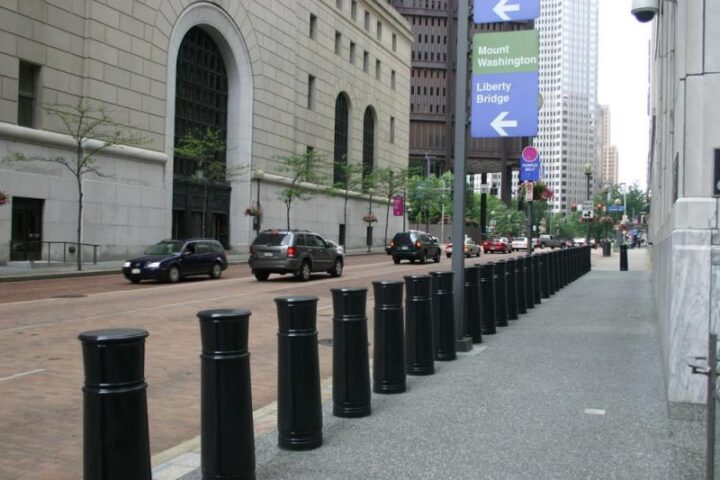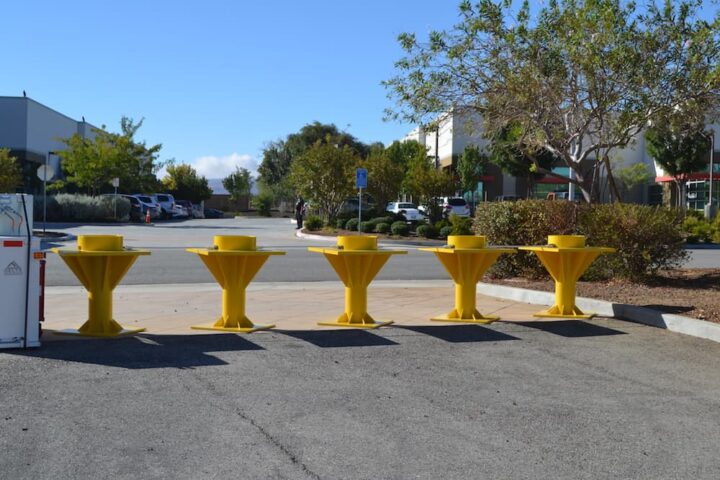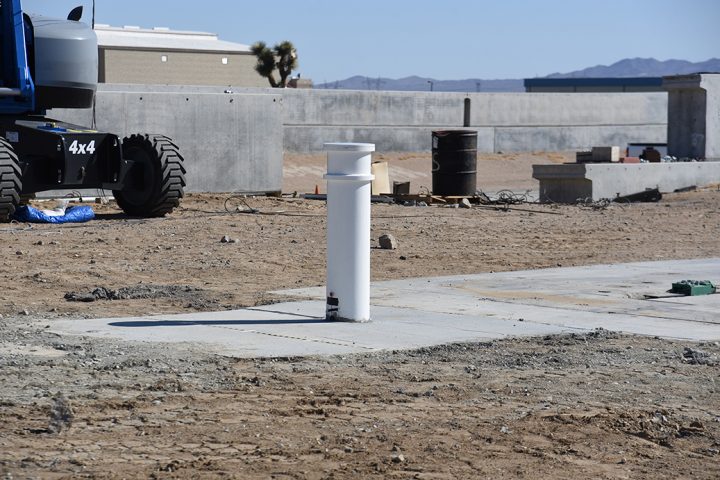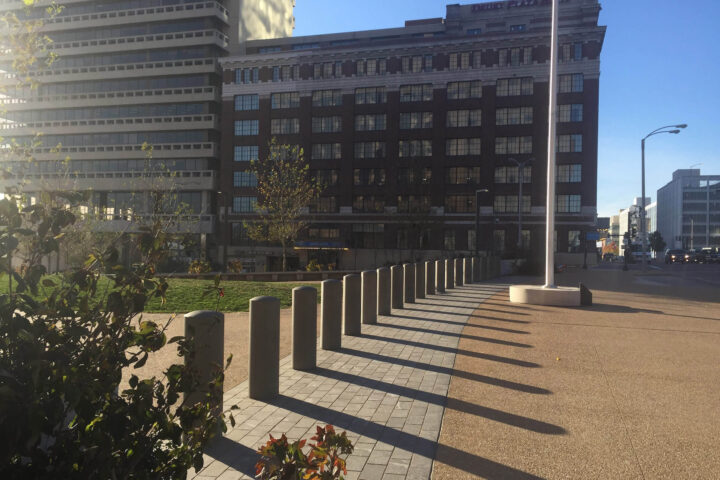Parking bollards are key tools for limiting vehicle access, protecting properties, and keeping pedestrians and other drivers safe. However, there are several different types of parking bollards available, with different pros and cons for each one. It’s important to understand where parking bollards are most useful to evaluate whether a specific type is the right solution.
How Building Protection Bollards Improve Public Building Aesthetic
It’s an unfortunate reality that terrorist attacks, both in the United States and abroad, have turned motor vehicles into weapons. These attacks have involved cars and trucks barrelling into large crowds, pedestrian areas, and college campuses. Many other targets, such as sports stadiums, community centers, and government buildings, could see a vehicular attack. In order to treat the threat of these attacks seriously, companies and event organizers should consider utilizing building protection bollards.
Your Guide to Typical Bollard Code Requirements
Bollards are short, sturdy posts installed in the ground, or just at the surface, to create a boundary between a roadway and a building or pedestrian area. Bollards allow foot traffic to flow freely while signaling to drivers that vehicles cannot enter a certain area. Bollards can even add aesthetic appeal. When installing Delta Scientific bollards, you must comply with applicable bollard code requirements. These may be part of a larger building code and ensure that the construction is safe for the general public.
The 4 Types of Perimeter Security Bollards
There is an undeniable increase in the number of attacks on citizens, communities, and businesses using a vehicle as a weapon. Whether the perpetrator is a member of a terrorist cell or a home-grown malcontent, the destruction is devastating. The loss of life and property can be incalculable, making prevention strategies an essential step in protecting your facility and your community from malicious attacks.
Typical Bollard Spacing and Best Practices To Consider
Bollards protect buildings and pedestrian areas by signaling to vehicles that they cannot drive in a certain area. We at Delta Scientific design our bollards to be able to stop errant vehicles even when they travel at high speeds, up to 50 miles per hour. Bollard spacing is necessary to provide adequate protection from vehicles without impeding foot traffic.
Driveway Security Bollards: A Quick Guide
The driveway security bollard has been popular in commercial and industrial applications for many years. More recently, residential property owners have also become interested in security bollards for driveways due to issues such as vehicle theft. If you are thinking about installing driveway security bollards, we have answers to some important questions you may have.
Methods of Testing Different Types of Bollards
Originally, a bollard was a post installed into the shore alongside a wharf to allow sailors to tie up boats and ships. The word is still used in this respect, but because ships of today tend to be much larger and made of heavier materials than the ships of the past, the bollards have to be much sturdier and stronger.
Does OSHA Require Safety Bollards?
The Occupational Safety and Health Administration was created in 1970 by an act of Congress. Its mission is to set and enforce safety standards to ensure working conditions that are safe and healthful for employees and to minimize hazards that employees could be exposed to in the workplace. Sometimes, this requires the installation of security equipment, such as safety bollards.
How Security Bollards Can Help Keep Eyes on the Street in Pedestrian Areas
Journalist Jane Jacobs developed the concept of “eyes on the street” as it relates to public safety over 50 years ago. The theory holds that pedestrians tend to feel safe in public places that attract a lot of people because the crowds perform informal surveillance of the area and can draw attention to any potential threats. According to the theory, to draw the necessary numbers of pedestrians to keep “eyes on the street,” the public space and the area around it must be accessible and attractive.
The Art of Separation
Ensuring public safety should always be the driving force of security. Protecting both people and property from an attack can take more than rudimentary safeguards like fencing and traffic barriers. Mass demonstrations such as protests can put security teams at odds with these goals, but when intensive measures are taken, the response can project a tone of intimidation instead of protection. With the right tools and excellent preparation, any location can be ready to both safeguard people and property while also maintaining an air of professional authority.


